Star Magnolia
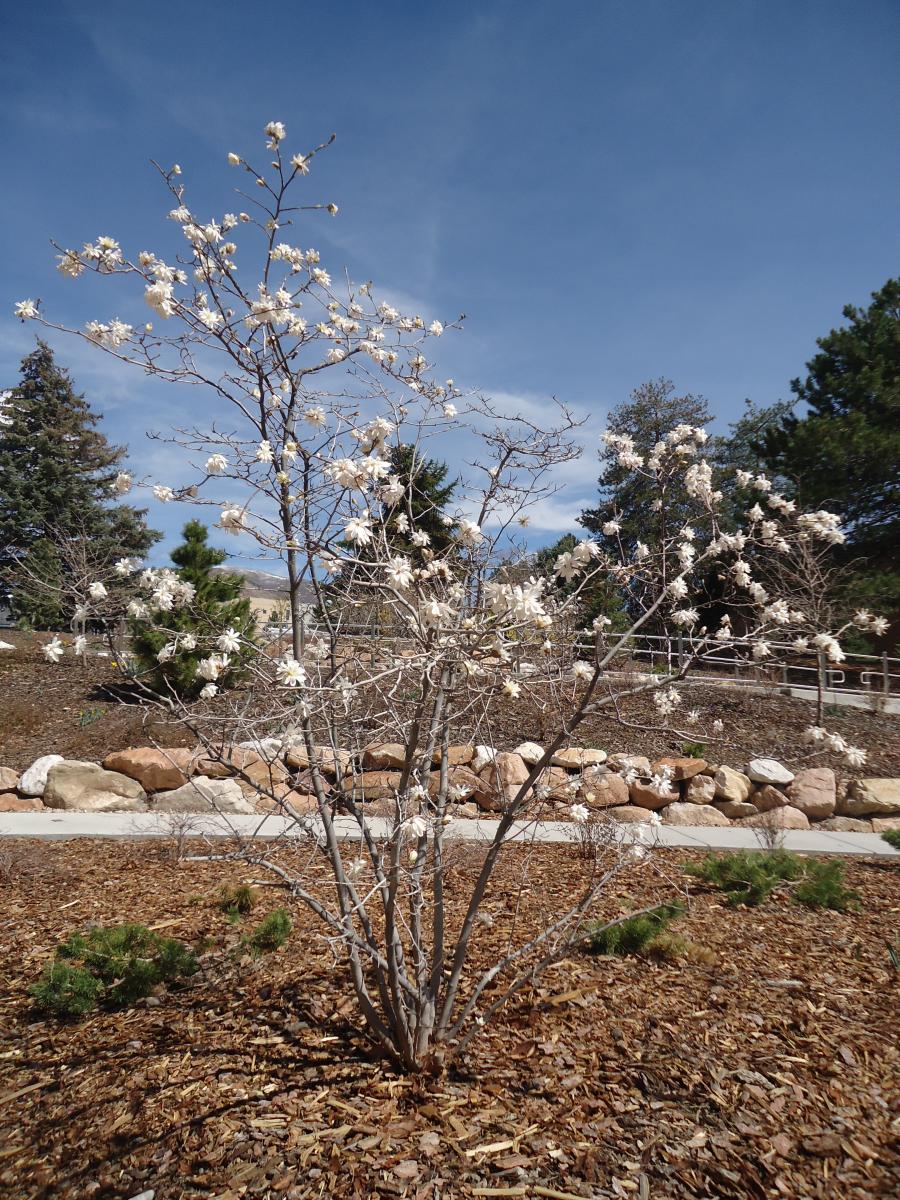
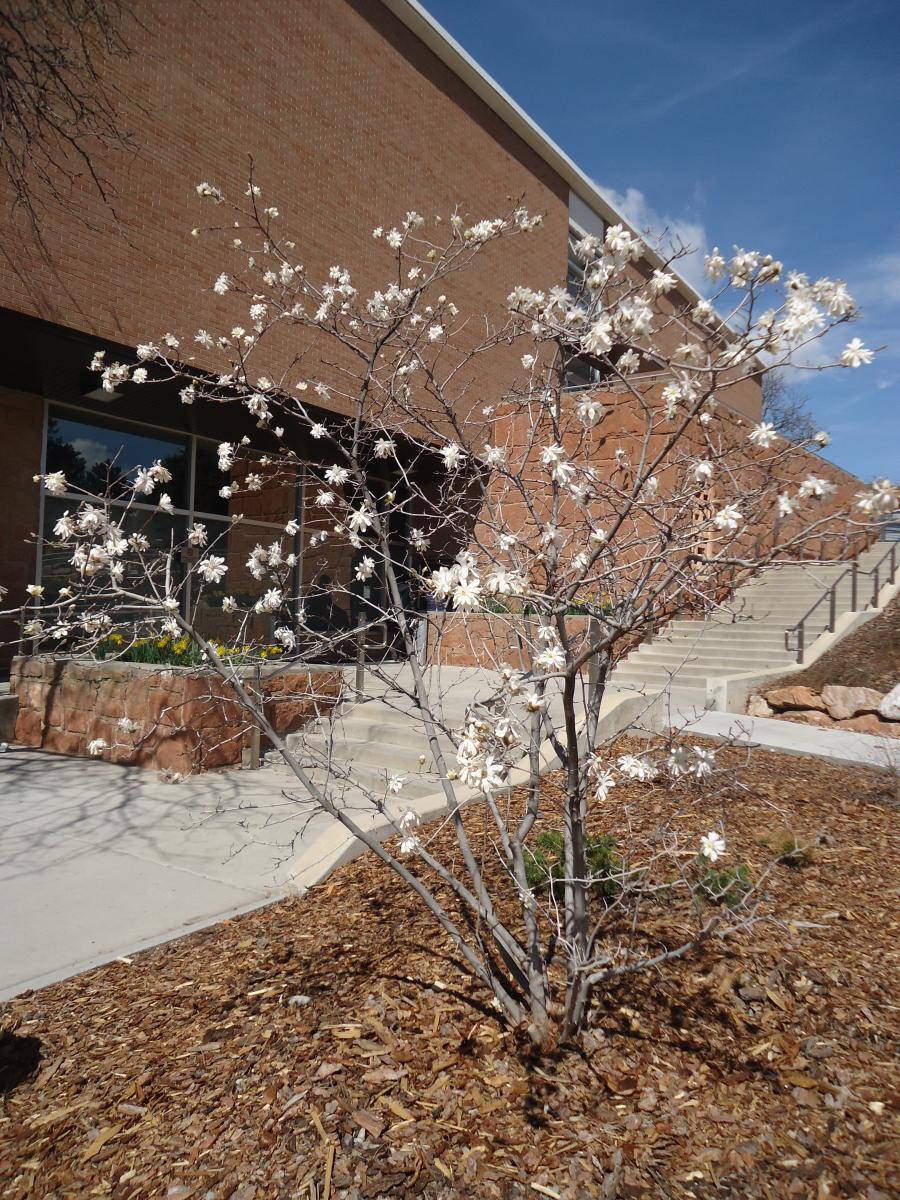
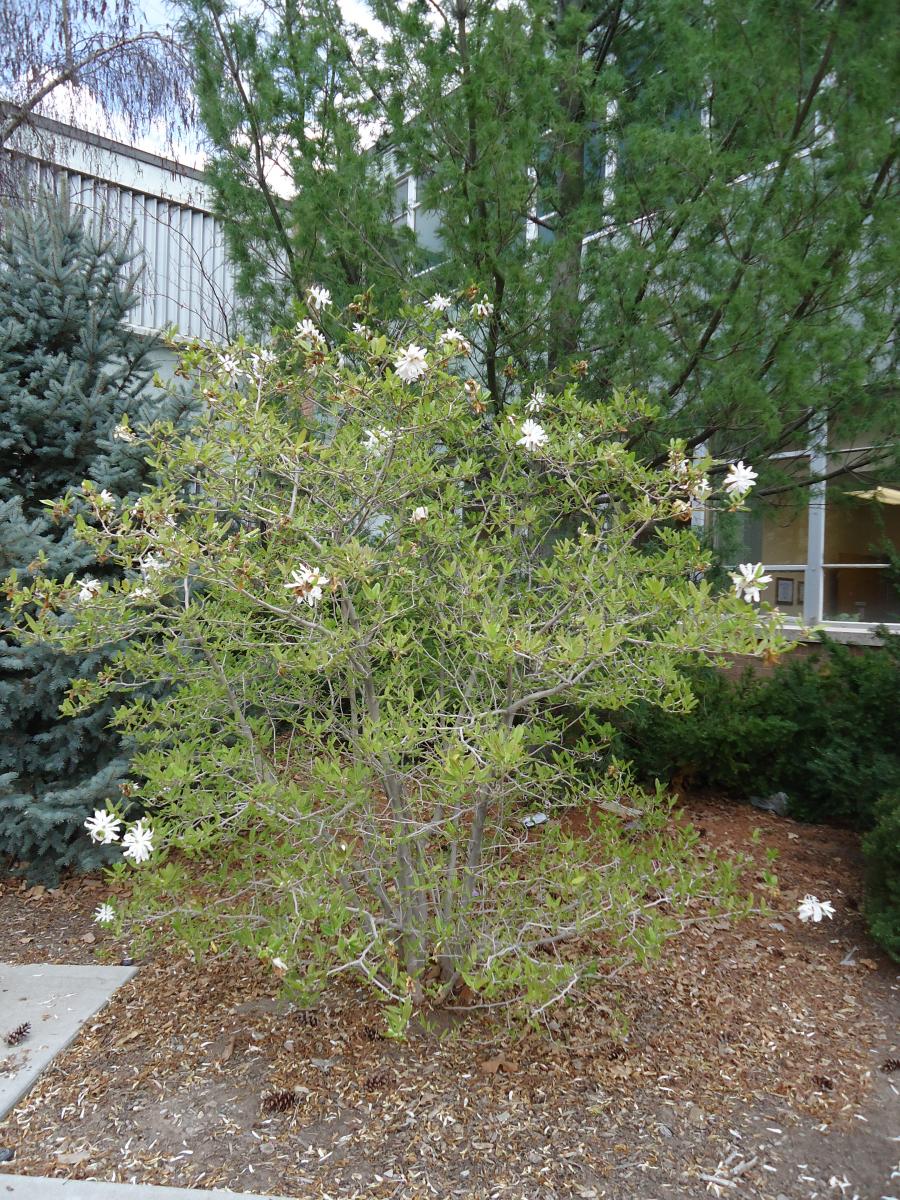
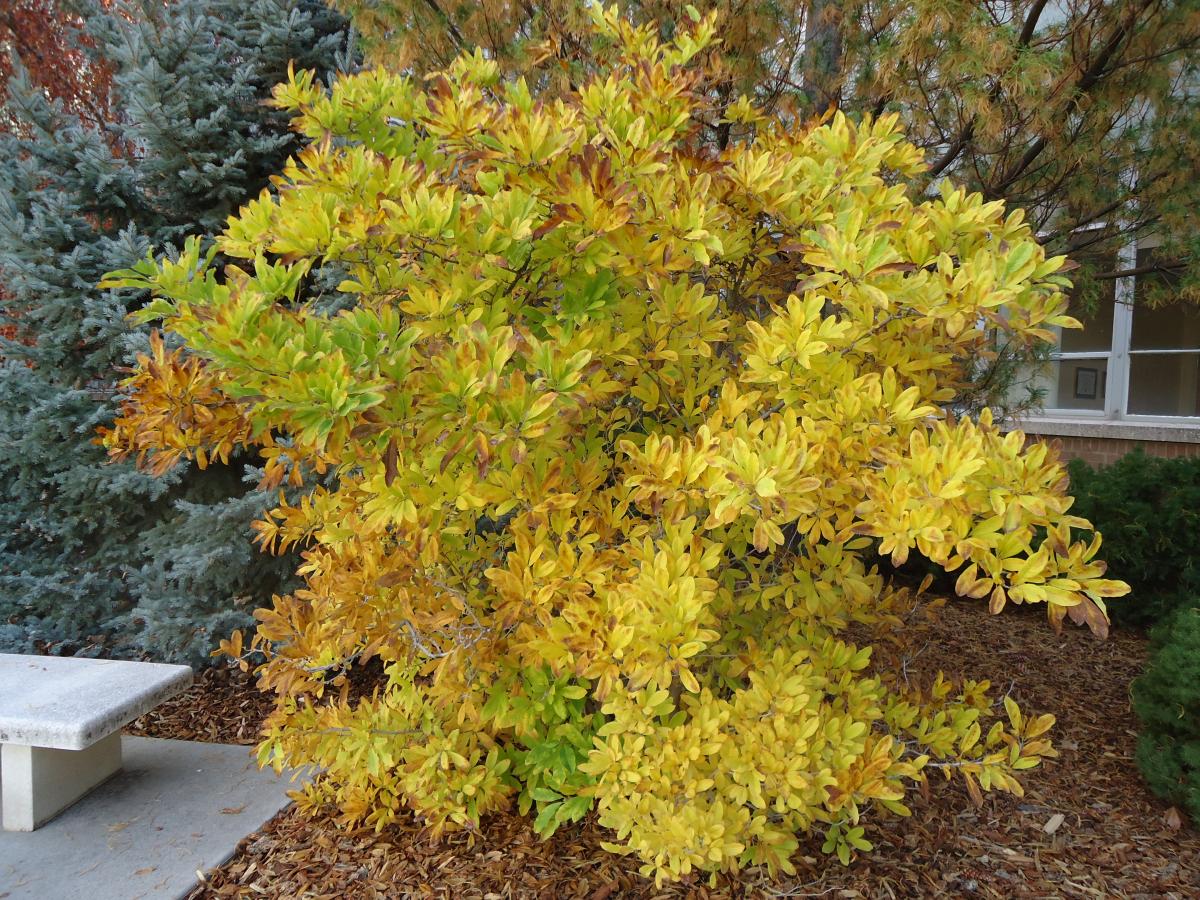
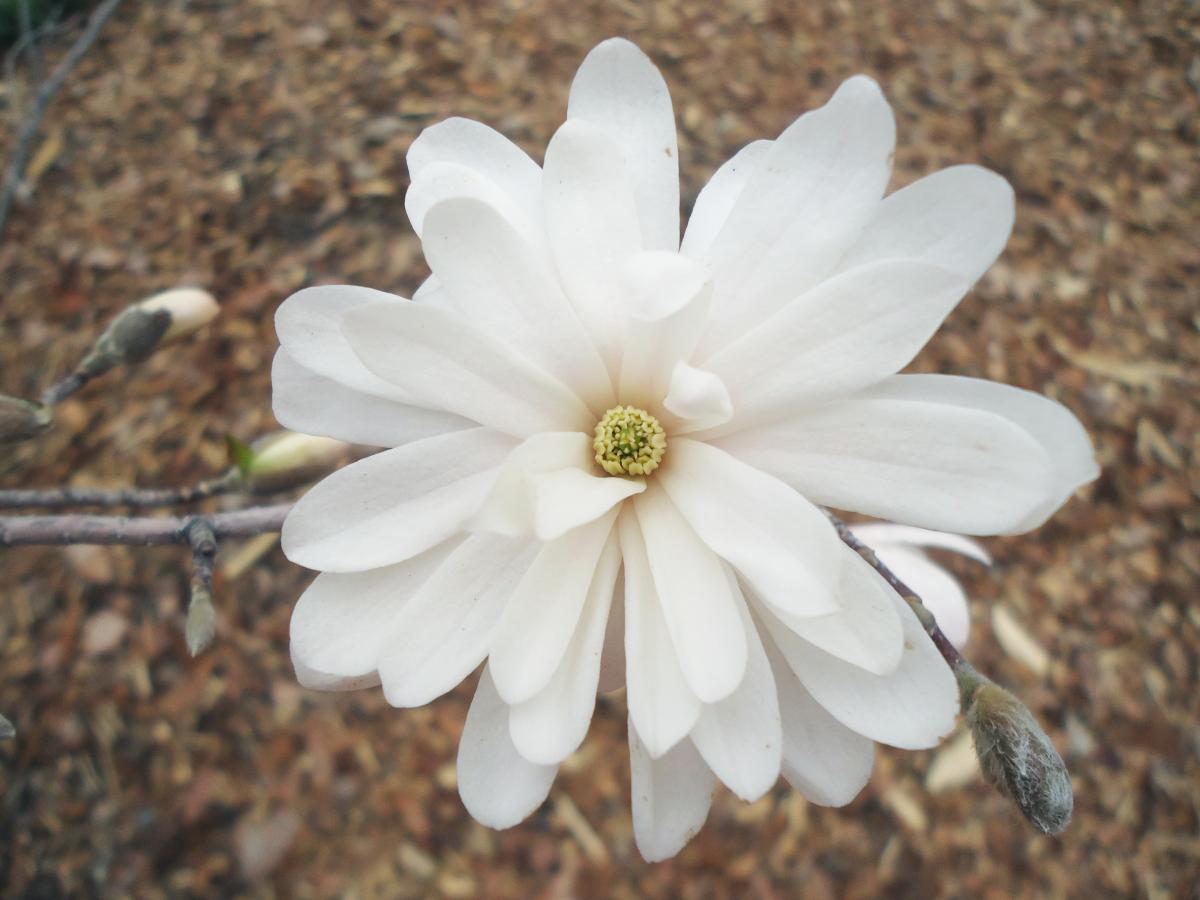
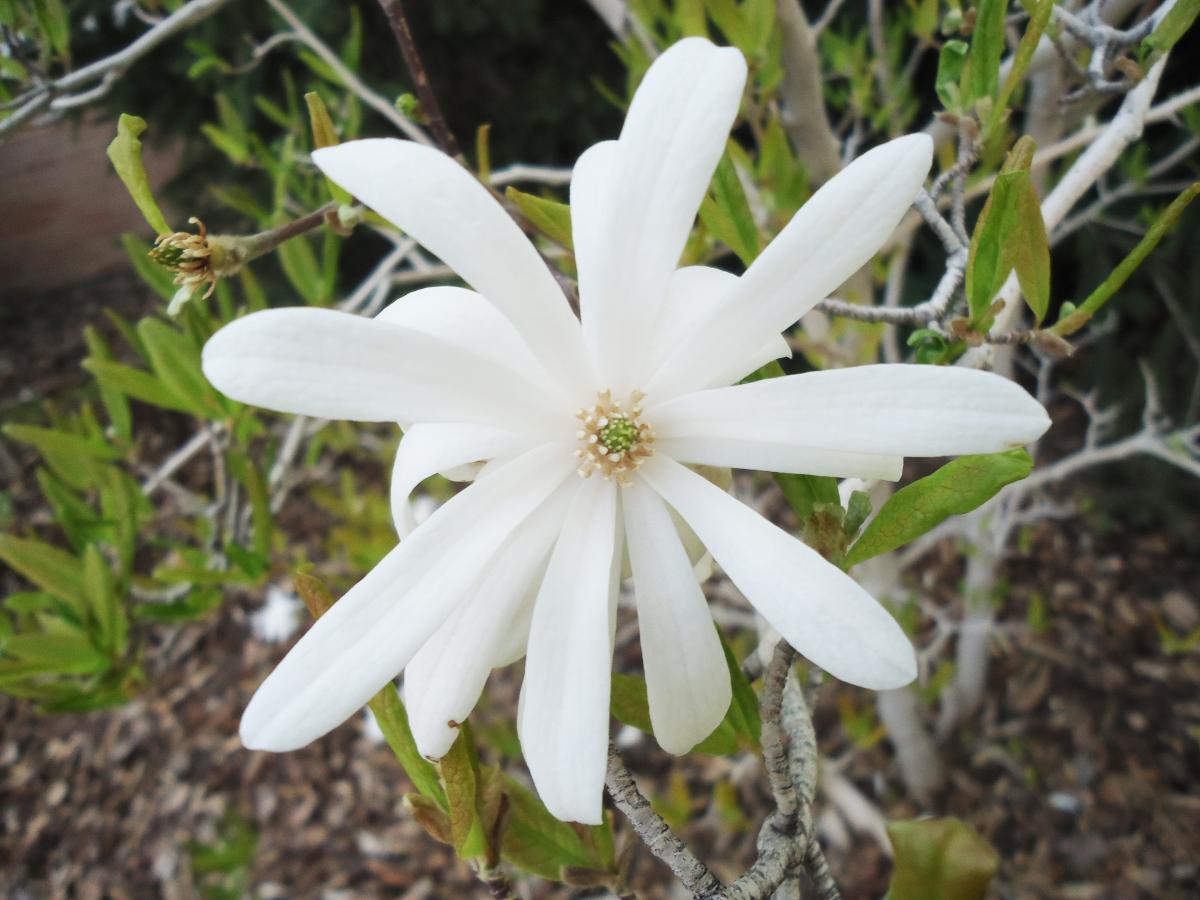
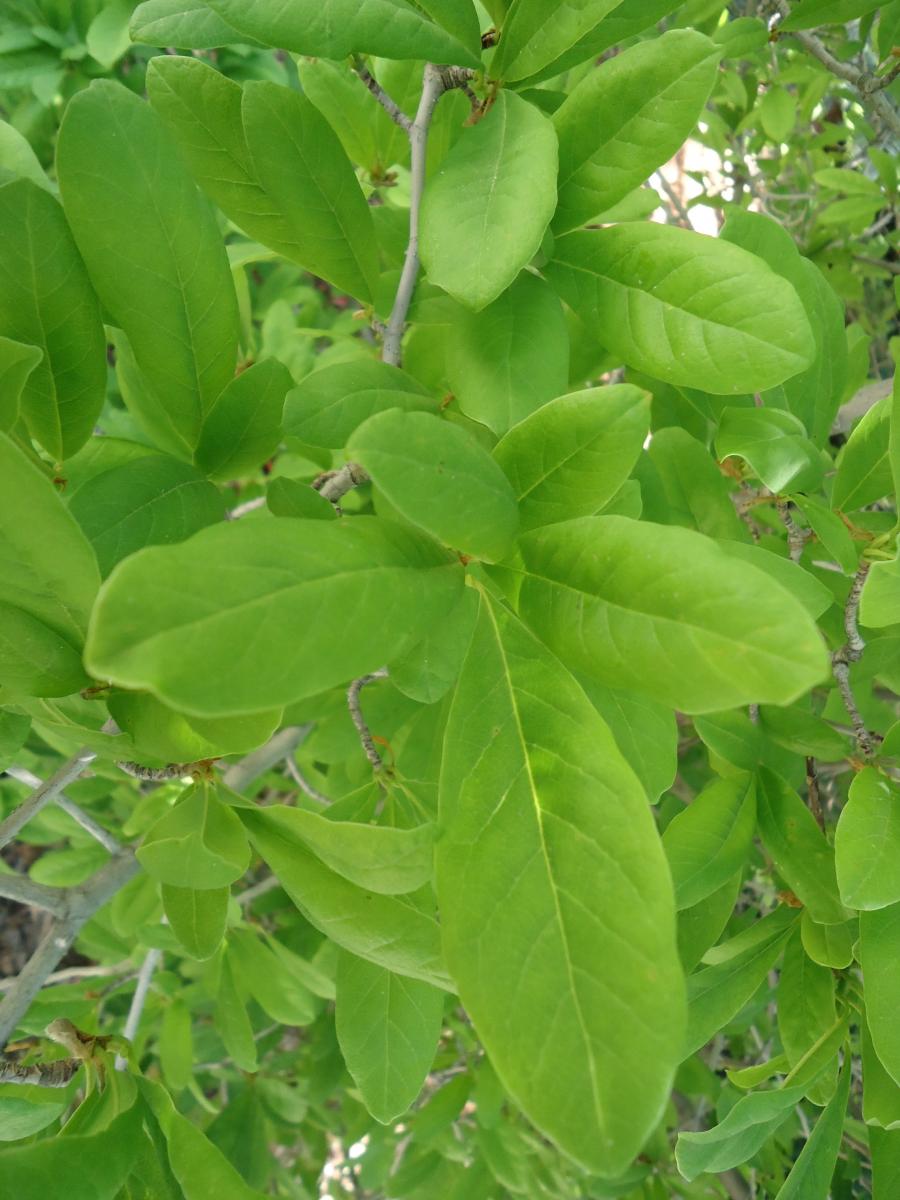
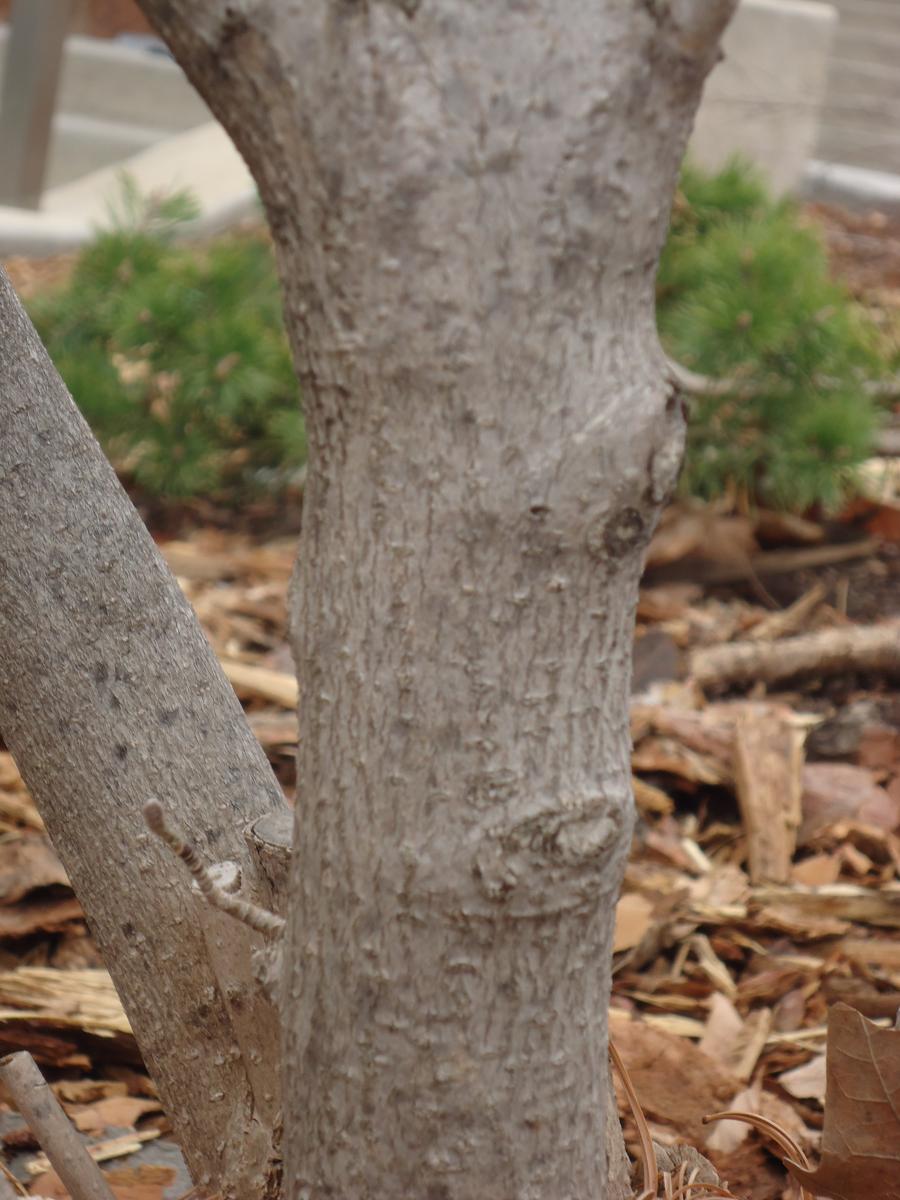
Magnolia stellata
Leaves: Deciduous. Leaves are 2 to 4 inches long, ½ as wide, oval shaped and pointed. Leaves are broadest towards the tip and rounded except for the point which sticks out abruptly. Medium to dark green color. Fall color is often a yellow-brown.
Bark/Twigs: Smooth gray bark. Distinctive large hairy buds.
Flowers/Fruit: Showy white flowers are 3 to 4 inches across with multiple (at least 12), narrow, long delicate petals. Blooms in early spring (March to April) before the leaves emerge.
Mature size and shape: Small. 15 feet high. Low-branching with an overall oval or rounded shape. Often grown as a multi-stemmed, small tree or large shrub.
General information/special features: Plant in full sun or partial light shade. Moist, rich, slightly acidic soil preferred but is one of the few magnolias that will tolerate higher pH soils. Because they bloom so early, they are vulnerable to damage by late spring frosts.
Landscape use and maintenance: Good specimen tree as a focal point. Slow growing rate. Average maintenance. Magnolias have fleshy roots, so be careful when transplanting. Prune after flowering.
USDA Hardiness Zone: 4 to 9
Family/Origin: Magnoliaceae – Magnolia. Originally from the highlands of the Japanese island of Honshu, it is sometimes considered a variety of Magnolia kobus. The White Star Magnolia was originally brought to the U.S. from Japan around 1860.
Campus Use: Extremely uncommon. Can be found south of the Union Building (Bld 53).
